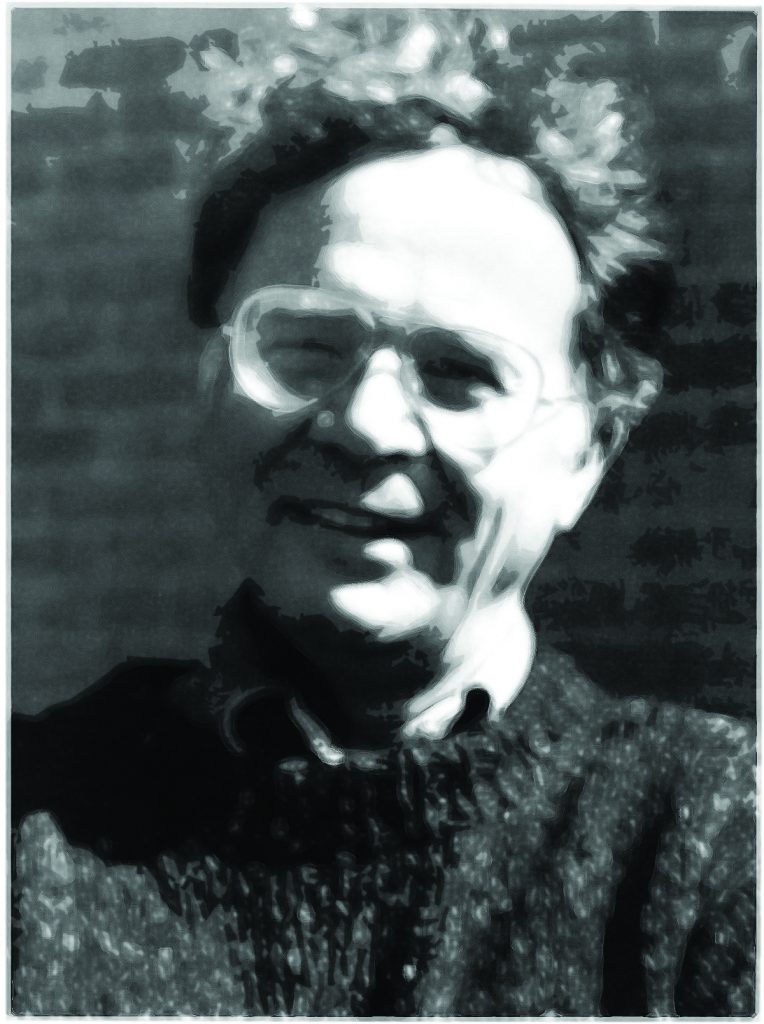The reduction of individual carbon imprints is no longer a viable way to reduce the influx of carbon dioxide into the atmosphere, said Wallace Broecker, the keynote speaker of Earthstock, on April 19.
“Something bigger has to happen,” he said. “And that has to be political.”
Broecker, known in the scientific community as the “Grandfather of Climate Science,” is often credited with the first use of the term “global warming” in his 1975 paper “Climatic Change: Are We on the Brink of a Pronounced Global Warming?” in which he argued that the ocean can undergo very rapid, large-scale global changes in the way it operates.
Based on observations of cyclical changes in ice cores drilled in Greenland, he predicted that a warming trend could begin rapidly due to fluctuations in winter sea ice. In 1976, the warming began.
Though the basis for his predictions, changing carbon dioxide levels in the ice cores caused by a reaction with calcium carbonate, was wrong, “my prediction was dead right,” he said.
Since then, Broecker has continued to study both climate change on a global scale and how increasing levels of carbon dioxide in the atmosphere are causing an increase in temperatures in both the Northern and Southern hemispheres.
“Adding CO2 to the air was man’s greatest geophysical experiment,” he said. “We can’t predict in any sort of accurate way what all these consequences are going to be, but we’re sure as hell going to find out.”
Broecker’s main concerns are food production and water availability.
“Agriculturalists say that for every degree we warm the planet, you lose ten percent of the grain yield because grains are already growing beyond our thermal optimum,” he said. “We’re going to have 30% more people, more or less, in a hundred years, and if we have 30% less food that’s fairly serious.
“There’s no obvious way to compensate, there’s no green revolution that’s going to change the thermal optimum,” Broecker said.
Now, he said, the focus of nations around the world needs to be on removing carbon dioxide from the atmosphere.
“If you can take carbon dioxide out of the air and get your energy some other way, you can take hydrogen and combine it with the CO2 from the atmosphere to make organic gasoline,” he said.
Development of technology that would remove the carbon dioxide and trap it in modified plastic would cost, according to his estimations, $20 million, or “how much A-Rod makes in a year.”
In order to effectively neutralize the carbon dioxide from the atmosphere, it would have to be buried. Broecker is currently part of an experiment in its seventh year that has been dissolving carbon dioxide in water and burying it in Icelandic basalt. It’s buried at a depth where the partial pressure of CO2 in the water is less than the overburden, so that it doesn’t have the ability to rise to the surface and leave the water.
“When garbage became a problem, we started to collect it; when sewage became a problem we started to treat it,” he said. “And we can’t dump CO2 in the air. It’s just not good for the planet.”
Author
Rebecca Tapio

